 Yes, I do realize that I’m a book behind on Steyn’s works. I run a little late on political books, since I can only take a couple of them annually. I read enough blogs to get my fix of this sort of material daily, and when you’re reading it daily, the book form seems to be a bit tiresome.
Yes, I do realize that I’m a book behind on Steyn’s works. I run a little late on political books, since I can only take a couple of them annually. I read enough blogs to get my fix of this sort of material daily, and when you’re reading it daily, the book form seems to be a bit tiresome.
I actually picked this book as the first selection in a shared reading experience a friend of mine in Minnesota suggested. Sort of like a book club, but just the two of us, and over the phone. We were talking about demographics one day, and I remembered I own this book, so I recommended it. He borrowed a copy from the library, and when I called him again, he fumed a bit about it and said he couldn’t read it because… well, because Steyn is that way. Also, my Canadian friend in Minnesota is quite probably not that way, which is to say obnoxiously conservative.
So I read it with an eye toward what it would mean to my friend, who is not a conservative. The thrust of Steyn’s argument lies in three facets: 1) Demography is destiny, 2) Sclerotic, secular, non-reproductive societies have their roots in their cradle-to-grave welfare systems, and 3) A certain worldwide demographic wants to destroy the West and make the world submit to its religion, and its birthrate exceeds that of the West. If you’re reading this blog, you’re familiar with it. In Steyn’s thesis, Western Europe and possibly all of Europe will be overrun by Islamic citizens in the near term, which will destroy those countries as they’ve been known, and of all the West, only America will maintain its civilization since it is barely replenishing its citizenry through things done routinely in seventies science fiction in extraplanetary zoos by human captives on display.
Steyn weaves the three main thrusts of his arguments together instead of building them syllogistically to the conclusion, and he puts barbs into the text. Between those two things, it’s really not going to convince my friend and maybe not many who are yet unconvinced. However, I think the target audience of the book is those who are already convinced and want affirmation or restatement of their beliefs, hopefully so they can go forth thoughtfully and convince others.
Five years after the book, I’m not as gloomy as Steyn was (and is now, given the title of his latest book–After America for those of you who might not know). The sweep of history is broad and long, and its predictors are more often wrong than not. However, the book does crystallize, or should, that our Western traditions and heritage are better than all the others that have been tried and do require some conscious defense thereof. If you merely enjoy liberty without recognizing its sources, someone will quickly take it from you.
Books mentioned in this review:
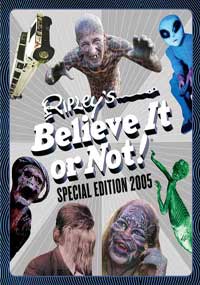 Apropos of nothing, the last book I reviewed was written by someone named Ripley about an artist, and now I’m reporting on a book by named for a cartoonist named Ripley. Believe it! Or, you know, not.
Apropos of nothing, the last book I reviewed was written by someone named Ripley about an artist, and now I’m reporting on a book by named for a cartoonist named Ripley. Believe it! Or, you know, not.



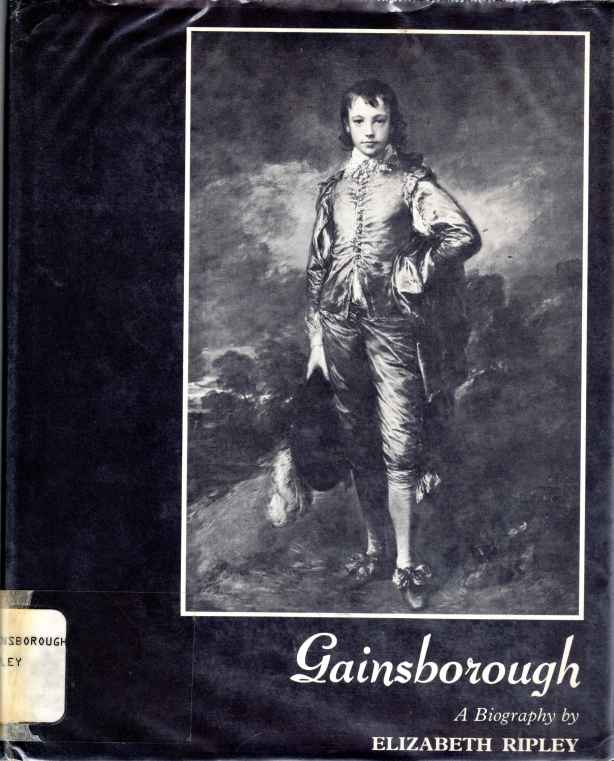 Unlike the
Unlike the  This book is a collection of photographs from the Reagan administration and grouped around events or topics in his presidency like the inaugurations, the attack on Libya, the firing of the PATCO air traffic controllers, Iran-Contra, and so on. Each section/chapter runs 2-4 pages and has a couple paragraphs from each event or period.
This book is a collection of photographs from the Reagan administration and grouped around events or topics in his presidency like the inaugurations, the attack on Libya, the firing of the PATCO air traffic controllers, Iran-Contra, and so on. Each section/chapter runs 2-4 pages and has a couple paragraphs from each event or period. Well, if you cracked open this book and expected to see a bunch of Flemish women in revealing clothing patterned upon the traditional garb of the region, you would be disappointed as I was. The “beauties” of the title are, in fact, the old buildings, art work, and religious artifacts in this Belgian town that dates back to the early Middle Ages.
Well, if you cracked open this book and expected to see a bunch of Flemish women in revealing clothing patterned upon the traditional garb of the region, you would be disappointed as I was. The “beauties” of the title are, in fact, the old buildings, art work, and religious artifacts in this Belgian town that dates back to the early Middle Ages. The title pretty much says it all: it’s a collection of easy crafts you can do with your children or your children should be able to do themselves, assuming they’re old enough to handle glue and scissors without inventing any new hair styles or gluing scissors to the light fixtures. That is to say, if you have boys, when they’re old enough to think crafts are for girls, but girls and girl things are icky.
The title pretty much says it all: it’s a collection of easy crafts you can do with your children or your children should be able to do themselves, assuming they’re old enough to handle glue and scissors without inventing any new hair styles or gluing scissors to the light fixtures. That is to say, if you have boys, when they’re old enough to think crafts are for girls, but girls and girl things are icky.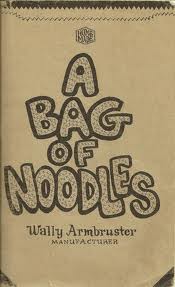 It’s hard to know what I expected when I picked this book up; probably a collection of poems in a chapbook sort of thing. It definitely carries that vibe, as Armbruster talks about Christianity, humility, and taking care of your fellow man in poems and bullet-pointed type musings.
It’s hard to know what I expected when I picked this book up; probably a collection of poems in a chapbook sort of thing. It definitely carries that vibe, as Armbruster talks about Christianity, humility, and taking care of your fellow man in poems and bullet-pointed type musings.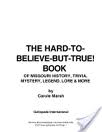 I remember reading another book in this series, and I was surprised that I bought two. I’d have been more surprised if I had bought the second after I read
I remember reading another book in this series, and I was surprised that I bought two. I’d have been more surprised if I had bought the second after I read  This book at the Republic branch of the library had been teasing me for some time. When I’m there with the children or when my beautiful wife needs to pick up a book, I look over the regional history shelves. I picked up this book on a couple of occasions and put it back, vowing to read my own books before I check another out of the library. But as you know, gentle reader, I’ve been a little susceptible to library books recently, and I fell for this book.
This book at the Republic branch of the library had been teasing me for some time. When I’m there with the children or when my beautiful wife needs to pick up a book, I look over the regional history shelves. I picked up this book on a couple of occasions and put it back, vowing to read my own books before I check another out of the library. But as you know, gentle reader, I’ve been a little susceptible to library books recently, and I fell for this book. You remember when I bought this book
You remember when I bought this book 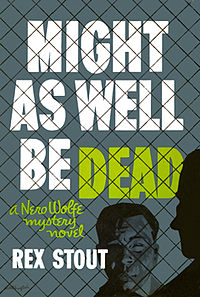 This book is the second of the two in the
This book is the second of the two in the 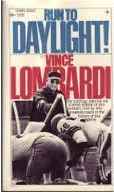 This book chronicles the week of preparation that the Green Bay Packers the week before the October 7, 1962 game against the (spoiler alert)
This book chronicles the week of preparation that the Green Bay Packers the week before the October 7, 1962 game against the (spoiler alert)  Yes, I do realize that I’m a book behind on Steyn’s works. I run a little late on political books, since I can only take a couple of them annually. I read enough blogs to get my fix of this sort of material daily, and when you’re reading it daily, the book form seems to be a bit tiresome.
Yes, I do realize that I’m a book behind on Steyn’s works. I run a little late on political books, since I can only take a couple of them annually. I read enough blogs to get my fix of this sort of material daily, and when you’re reading it daily, the book form seems to be a bit tiresome. Is it super? Well, it’s over 4,850 entries spread over 506 pages, mostly on popular culture with heavy emphasis on films, so it’s big.
Is it super? Well, it’s over 4,850 entries spread over 506 pages, mostly on popular culture with heavy emphasis on films, so it’s big.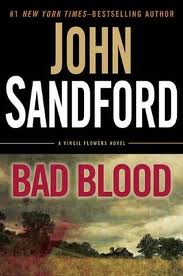 Oh, a churchpeoplewhohomeschooldunit.
Oh, a churchpeoplewhohomeschooldunit. Well, now I’ve done gone and finished the series. Since I just took
Well, now I’ve done gone and finished the series. Since I just took  This Rex Stout / Nero Wolfe mystery starts out with a quick twist: Archie is hired by a businessman to follow him to a certain address, but the businessman does not show as scheduled. Instead, police are surrounding the address, as the businessman has been found dead in a construction site across the street. However, the corpse in the hole is not the man who talked to Goodwin. There are more twists in this book in the first thirty pages than you see in many books over the course of 300.
This Rex Stout / Nero Wolfe mystery starts out with a quick twist: Archie is hired by a businessman to follow him to a certain address, but the businessman does not show as scheduled. Instead, police are surrounding the address, as the businessman has been found dead in a construction site across the street. However, the corpse in the hole is not the man who talked to Goodwin. There are more twists in this book in the first thirty pages than you see in many books over the course of 300.